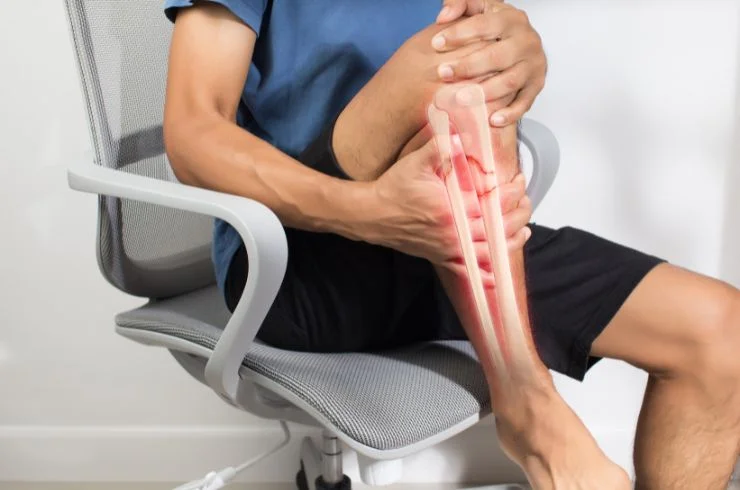Fractures (Bone Breaks)
- Home
- Treatments
- Fractures (Bone Breaks)

A fracture, commonly known as a bone break, is a medical condition where a bone partially or completely cracks due to trauma, stress, or health conditions that weaken the bones, like osteoporosis. Fractures can occur in any bone and vary in severity—from simple fractures that may only need immobilization to complex breaks requiring surgery. Regardless of the type, quick and appropriate care is essential to ensure proper healing and restore strength and mobility.
Types of Fractures
Fractures are typically categorized based on the way the bone breaks:
- Closed (Simple) Fracture: The bone breaks but doesn’t puncture the skin.
- Open (Compound) Fracture: The bone breaks through the skin, increasing the risk of infection.
- Stress Fracture: A small crack in the bone due to repetitive force or overuse, common in athletes.
- Comminuted Fracture: The bone shatters into several pieces, often due to high-impact trauma.
Symptoms of a Fracture
If you suspect a fracture, watch for these signs:
- Sharp, Intense Pain: Especially when moving the affected area.
- Swelling and Bruising: Immediate swelling and discoloration around the injury.
- Deformity: The affected area may appear misshapen or out of alignment.
- Loss of Function: Difficulty or inability to move the injured area.
How Are Fractures Treated?
Treatment depends on the fracture type and location, but common options include:
- Immobilization: Casts, splints, or braces stabilize the bone, allowing it to heal.
- Reduction: For displaced fractures, the bone is realigned through a non-surgical or surgical procedure.
- Surgery: For severe fractures, surgery may be required, using pins, plates, or screws to stabilize the bone.
- Physical Therapy: After initial healing, therapy helps regain strength, mobility, and function.

